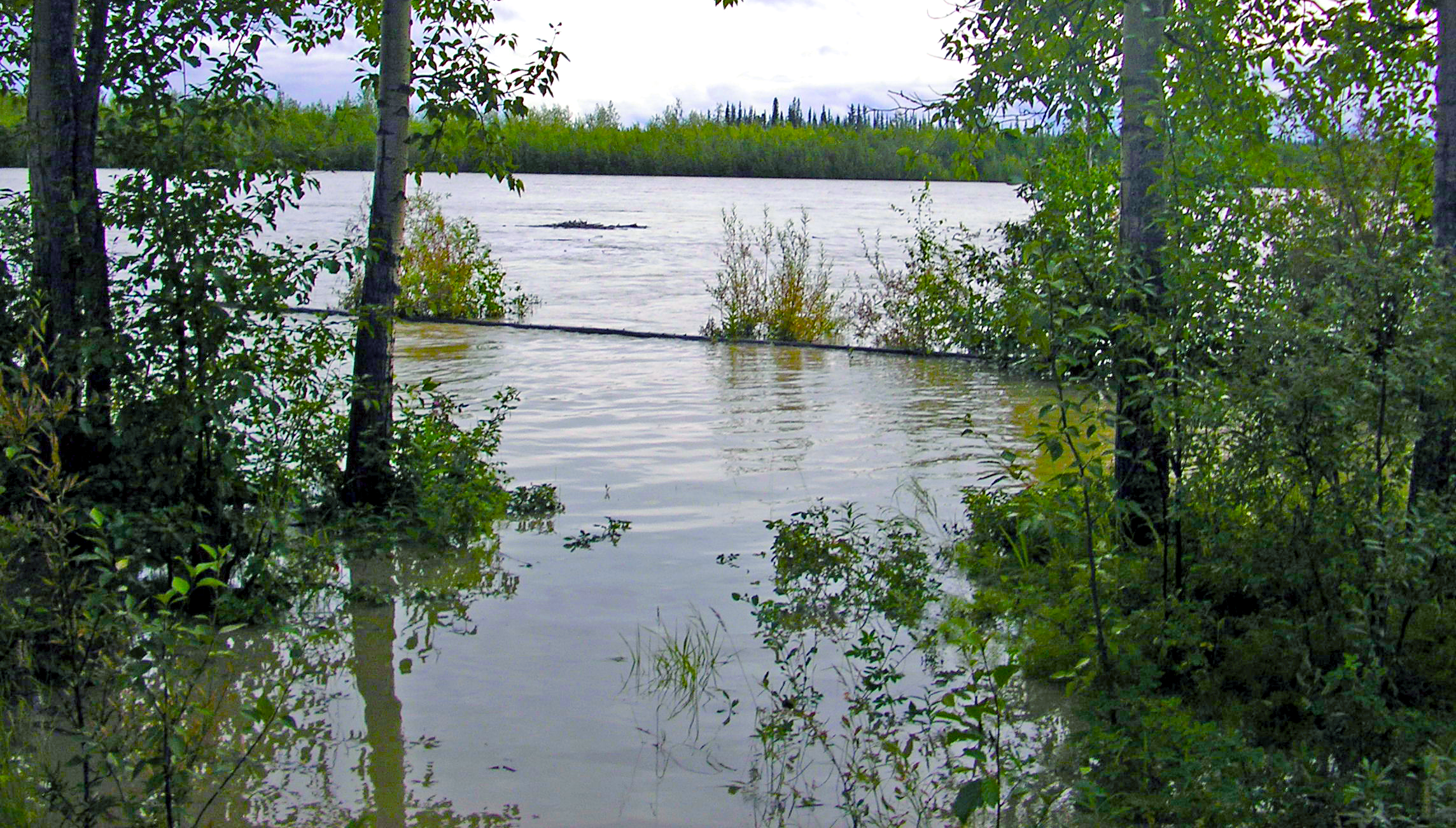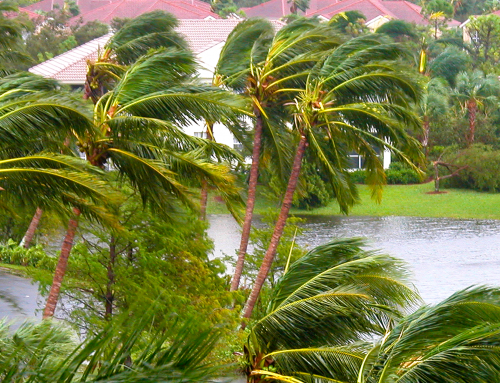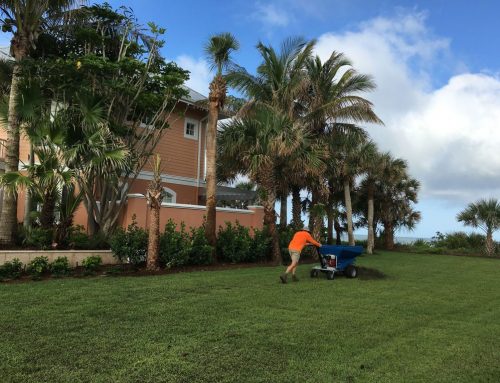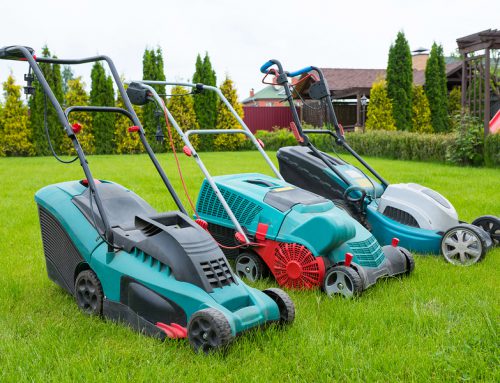Florida Trees & Storm Damage
As you might expect, this has become an all too frequent question lately as torrential rains and bloated rivers continue to plague many regions in Florida. Fortunately for most trees and palms, the prospect for survival and continued growth is good. Even flood-sensitive trees and palms will escape injury if flood waters recede in seven days or less. But, if flood waters cover roots of sensitive trees for longer periods, injury symptoms such as leaf chlorosis (yellowing), downward curling of leaves, leaf drop, and branch dieback may occur. And in a few extreme cases, entire trees may die.
Which palms are tolerant of flooding and heavy winds?
- Paurotis Palm/Everglades Palm
- Florida Thatch Palm
- Coconut Palm
- Cabbage Palm
- Saw Palmetto
- Royal Palm
Which palms are intolerant of flooding and heavy winds?
- Queen Palm
- Washington Fan Palm
Which trees are tolerant of flooding and heavy winds?
- Pond and Bald Cypress
- Live Oak
- Gumbo Limbo
- Seagrape
- Strangler Fig
- Cocoplum
- Mastic
- Dahoon Holly
- Pond Apple
- Black Ironwood
- Stoppers
- Myrsine
- Buttonwood
- Red Bay
- Jamaican Caper
Which trees are intolerant of flooding and heavy winds?
- Australian Pine
- Yellow Tabebuia
- Norfolk Island Pine
- Black Olive
- Weeping Fig
- Carrotwood
- Royal Poinciana
- Silk Oak
- Java Plum
- Hong Kong Orchid
- Jacaranda
- Earleaf Acacia
- Eucalyptus
- Javanese Bishopwood
Researchers have found these species suffer severe injury or die if flood waters persist over their roots for one month or less.
Flood waters will eventually recede but soils will undoubtedly remain wet for a long time. Saturated, poorly-drained soils may pose the greatest hazard for trees and palms, particularly if this waterlogged condition persists for an extended period. If oxygen cannot penetrate to roots, trees may exhibit symptoms associated with flooding. Warm, dry weather is the only cure for this chronic and potentially deadly soil condition. Another hidden danger resulting from flooding is the deposition of sediment over tree roots. Silt and sand deposited to a depth greater than 3″ also may impede movement of oxygen to tree roots, especially on small or newly-planted trees. When possible sediment should be removed.
Except in cases where flood waters persist for months or where trees and palms have been injured by the sheer force of rushing water, most trees experiencing flood conditions should survive. If flood- sensitive species begin to show flood damage symptoms, recovery may begin once soil oxygen levels return to a more favorable state. During this recovery period it is important that any additional stresses be eliminated. In addition, if dead or dying branches are noticed in the tree crown, they should be removed as quickly as possible. And beware of so-called “tree experts” recommending rescue treatments for affected trees.
Fertilization is not a cure or remedy for root injury caused by flooding!
Finally, avoid planting sensitive species in flood-prone areas in the event of future flooding events.






